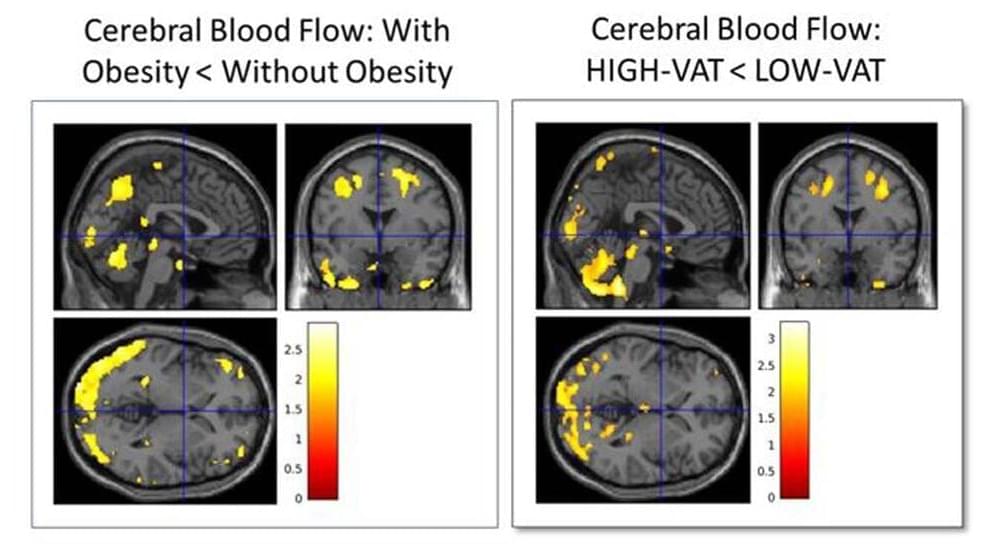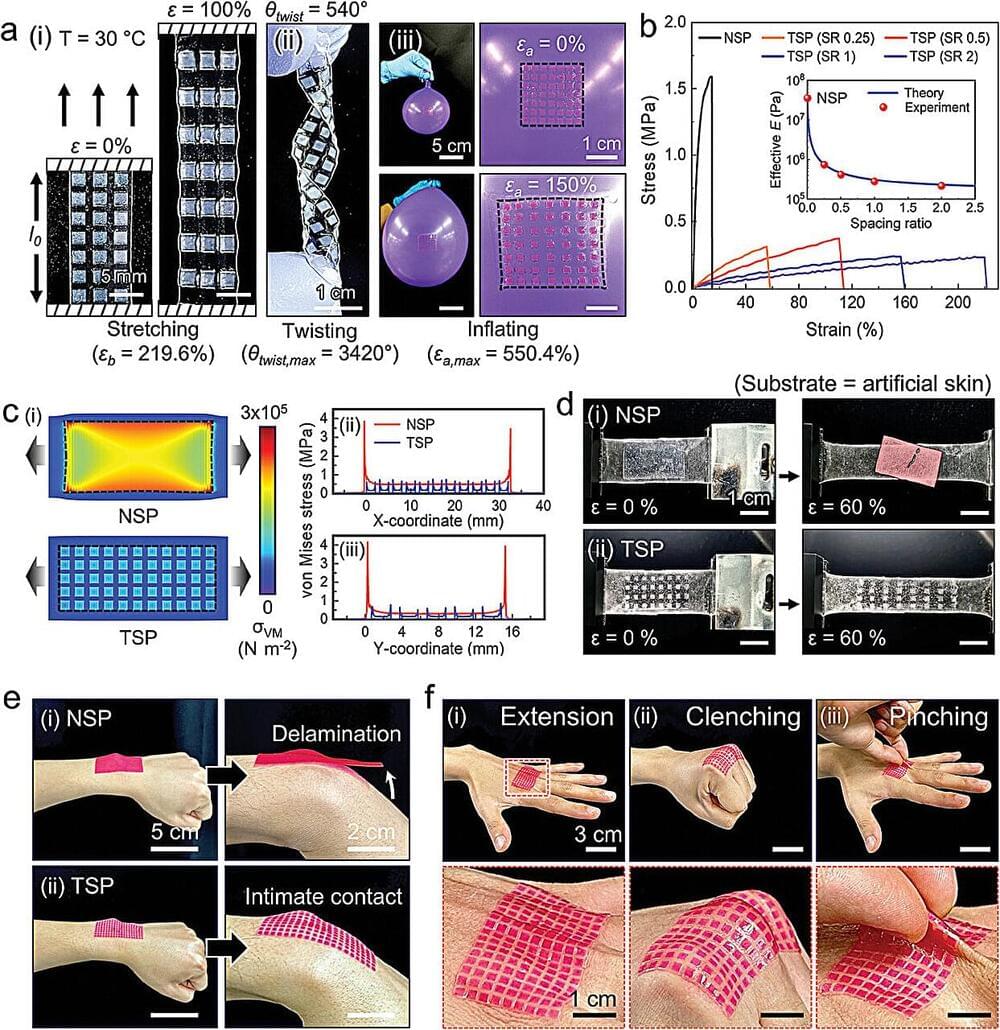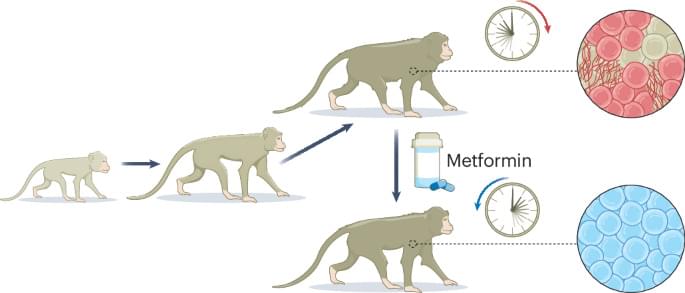A new study published in the journal Nature reports results of the first-in-human phase 1 clinical trials of a novel immunotherapy approach for solid tumors expressing glypican-3 (GPC3). Researchers at Baylor College of Medicine and Texas Children’s Cancer Center led the study, which tested chimeric antigen receptor (CAR) T cells enhanced with the protein interleukin-15 (IL-15).
CAR T cells have shown limited efficacy in patients with solid cancers, despite dramatic success in some hematologic malignancies. Preclinical studies showed that the addition of IL-15, which helps T cells survive and multiply, could improve the performance of CAR T cell-based immunotherapies.
In these trials, researchers tested GPC3-specific CAR T cells co-expressing IL-15 in adults with hepatocellular carcinoma (HCC) (NCT02905188) and children with GPC3 expressing solid tumors, including HCC (NCT02932956). The first patient cohorts received GPC3-CAR T cells alone. The GPC3-CAR T cells were found to be safe, with peak cell expansion at two-weeks post-infusion; however, no objective antitumor responses were observed.









